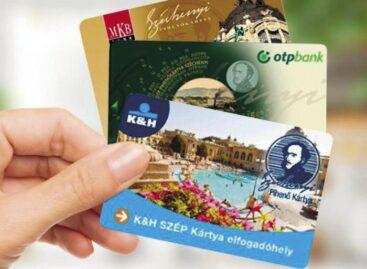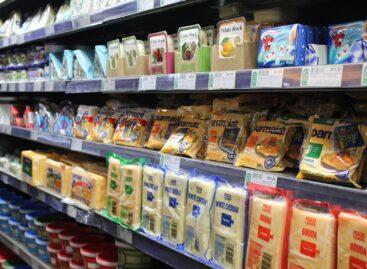Show me your beer and I’ll tell you who you are
Leading beer brands are becoming increasingly cautious in the shrinking market. Instead of radical innovation, they focus on improving image and communication. The policy pursued by hyper markets of selling canned versions of brands formerly positioned in the premium segment at discounted prices has been successful in boosting their market share in terms of quantity and in creating a new category of “international mainstream”. While popular international brands have become affordable for a wider group of consumers, true super premium beers have also produced growth. Global brands like Pilsner Urquell or Heineken achieved growth last year owing to good communication and the segment of imported specialities also expanded as a result of better distribution. However, according to Éva Kiss from Heineken Hungária Zrt, a substantial drop (20 percent) in HoReCa sales occurred in the HoReCa sector. The anticipated increase in tax will also lead to a rise in price. With the stabilisation of the frontline in the battle of cans and bottles has come growth in plastic bottle segment though it still accounts for only a few percent of total sales. – Demand for beer in non-returnable packaging is growing as convenience is a major factor influencing shopping decisions in this market – says Mónika Agócs from Dreher Sörgyárak Zrt. This is why 1.5 and 2 litre PET bottle versions of Arany Ászok and Kőbányai were introduced in 2008. Heineken Hungária has also launched several similar product recently, like Soproni 1895, Soproni Szűz, Soproni Démon and Amstel Pulse, which is sold in an award winning bottle. – Innovations are targeted primarily at young people t to lure them back from long drinks and soft drinks – says Judit Schiff from Parador Sörmester Kft. Drinking from bottles is popular, provided these are of 0.33 litre size. Another new trend is flavoured beer. Parador Sörmester offers authentic imported beers only, each with its own characteristic image, like Stiegl, FOSTERS or San Miguel. For big brands, innovation at present is limited to the refreshing of their image. Borsodi focuses on the TV campaign emphasising solidarity between friends and its returnable jug introduced for music festivals has also become successful. Becksperience is a new series of events launched in 2008 and intended for the target group of Beck’s. Borsodi Sörgyár has also been the first in Hungary to launch a campaign against teenage drinking. The secret of long term success is getting product portfolios to reflect diverse consumer preferences as accurately as possible. – We are working on monitoring such preferences, – says Éva Kiss from Heineken. In her opinion, Hungarian consumers are generally open to innovations but long term brand building requires consistent work, with all elements of the marketing mix pointing in the same direction. – Consumer preferences can also be shaped to some extent by proper communication – she adds. Youthful and modern design is a key requirement for leading brands. All three big brands of Dreher (Dreher, Arany Ászok, Kőbányai) undergone a facelift last year, with new design for the products and POP tools as well. – Dreher 24 was one of the most successful product launches of 2008 – says Mónika Agócs. This beer has a true beer flavour in spite of being alcohol-free because it is made using a new technology. This year, Dreher will be focusing on strengthening direct relations with its partners and POP activities.
Related news
Related news
The quarterly results of the SZÉP card confirm the entrepreneurs’ proposal
According to the announcement issued by the Ministry of National…
Read more >Grant Thornton survey: Flexibility and an inclusive work environment can help retain accountants
Not only recruitment, but also retention poses serious challenges to…
Read more >Emmi acquires majority stake in Brazilian dairy producer from Coca-Cola
Emmi Group’s Brazilian subsidiary, Laticínios Porto Alegre, will acquire a…
Read more >



